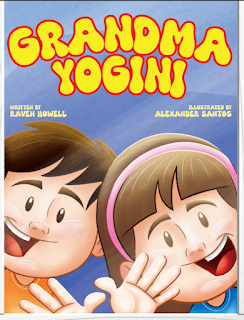Last night, BTS went live on Weverse as seven. Their first group live after completing their military service. No fanfare. No flash. Just the seven of them sitting together: talking, teasing, and laughing like no time had passed. Our chaotic 7 whom we missed so much.
My daughter watched it and posted an edit she found on Tiktok showing the last live OT7 had in September 2022 and the one last night post-military. Her caption read: “It's like they never left.”
She’s right. That familiar rhythm; the way they lean into each other; listening in and taking a cue from a planned message for ARMY; the inside jokes; the tone of their voices when they’re together. It was all there. And it made so many of us feel "safe".
An ARMY in the comments said, “Why does this constancy always make me feel safe?” And I have been thinking about this all day-- on top of my online classes, a deadline to beat and a training manual to finish.
Maybe it’s because we’re so used to things shifting, especially now on social media where our digital lives are ruled by algorithms and AI. Things move so fast and change happens in a blink of an eye before we can even make sense of what has passed. In the same vein that fandoms and fanbase change.
People leave. We get abandoned.
Trends rise and fall. We wonder where to anchor our beliefs.
But BTS? They show up.
Even after everything. Even after the distance and the silence, they return, not just to the stage, but to us. And that kind of showing up is rare.
ARMY, we all saw them last night-- and in succeeding posts of ARMYs and fans, form translations, clips, memes and reactions. They are returning strong and transformed, but comforting and familiar. Like nothing has really changed.
My daughter continued the conversation and added something she read online: “The price of community is inconvenience.” That line stayed with me because it is true, but, there is a nuance to it. Community isn’t effortless. It means choosing to be present. It means communicating and articulating honestly that things are changing. That at some point, people will pause and keep silent. And in the downtime, there are those in the fanbase who chose to stay with BTS while in conscription. It’s not easy. Even when you're tired or busy or uncertain, joining the live, commenting, streaming, defending, celebrating. These are all part of this quiet work of being together.
The thing is, ARMYs are not just fans consuming content. We’re participants in something built over years. Being part of ARMY means giving time, attention, care. And in a world where hyper-individualism is often rewarded, choosing community, choosing to show up, can feel like rebellion.
The conversation continues when an ARMY chimed in, saying: “Good thing we can do both! My individual-ness might not be able to take it.” And there’s the beauty of it, we can do both. We don’t have to erase ourselves to be part of something bigger. BTS shows us that. Their bond isn’t about sameness, it’s about connection. It grows and changes, but it doesn’t disappear. It evolves, and yet, somehow, stays the same.
That’s duality. And it’s comforting.
With BTS and ARMY, it is not the spectacle or the performative fangirling that is already a stereotype among Kpoppers-- no offense meant. What holds BTS and ARMY are the rituals that have been built overtime. Not the comebacks but the returns. Jin performing live a day after discharge and hugging 1,000 ARMYs. Hoseok allowing Jin to sing Spring Day with him on 613. JK being present for 2Seok in Jamais Vu. And Yoongi, donating millions for the care of children in the spectrum. The live last night felt like home because they have always been with ARMY through two years of being away in the military.
And the joy ARMY felt? It’s not just from new music of Jin and Hoseok or the big announcements of an album and a world tour. It’s in the rhythm of presence. In the trust we’ve built, slowly, over years.
The return is the ritual. And in that, we are never really lost. We never walk alone.










